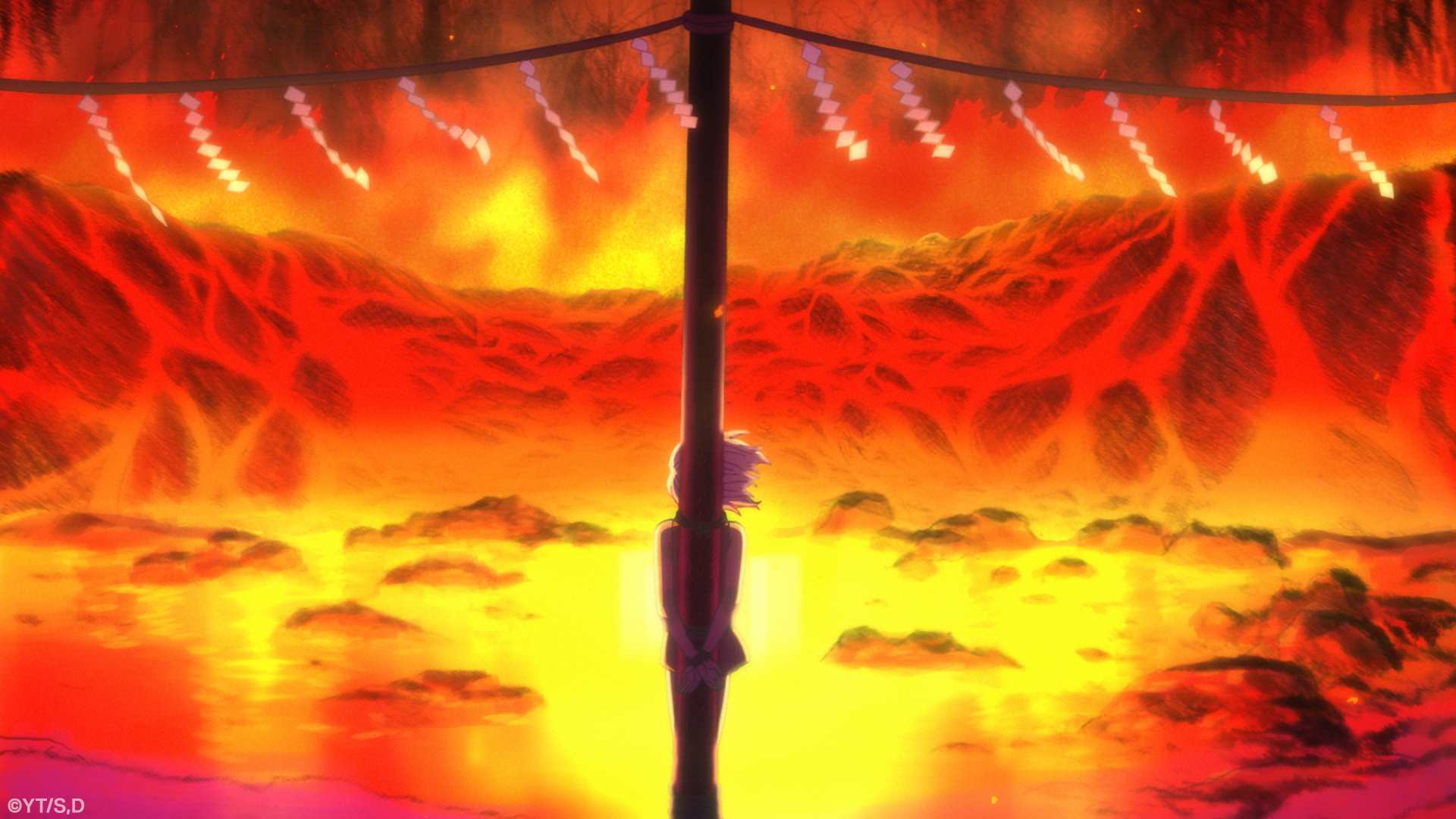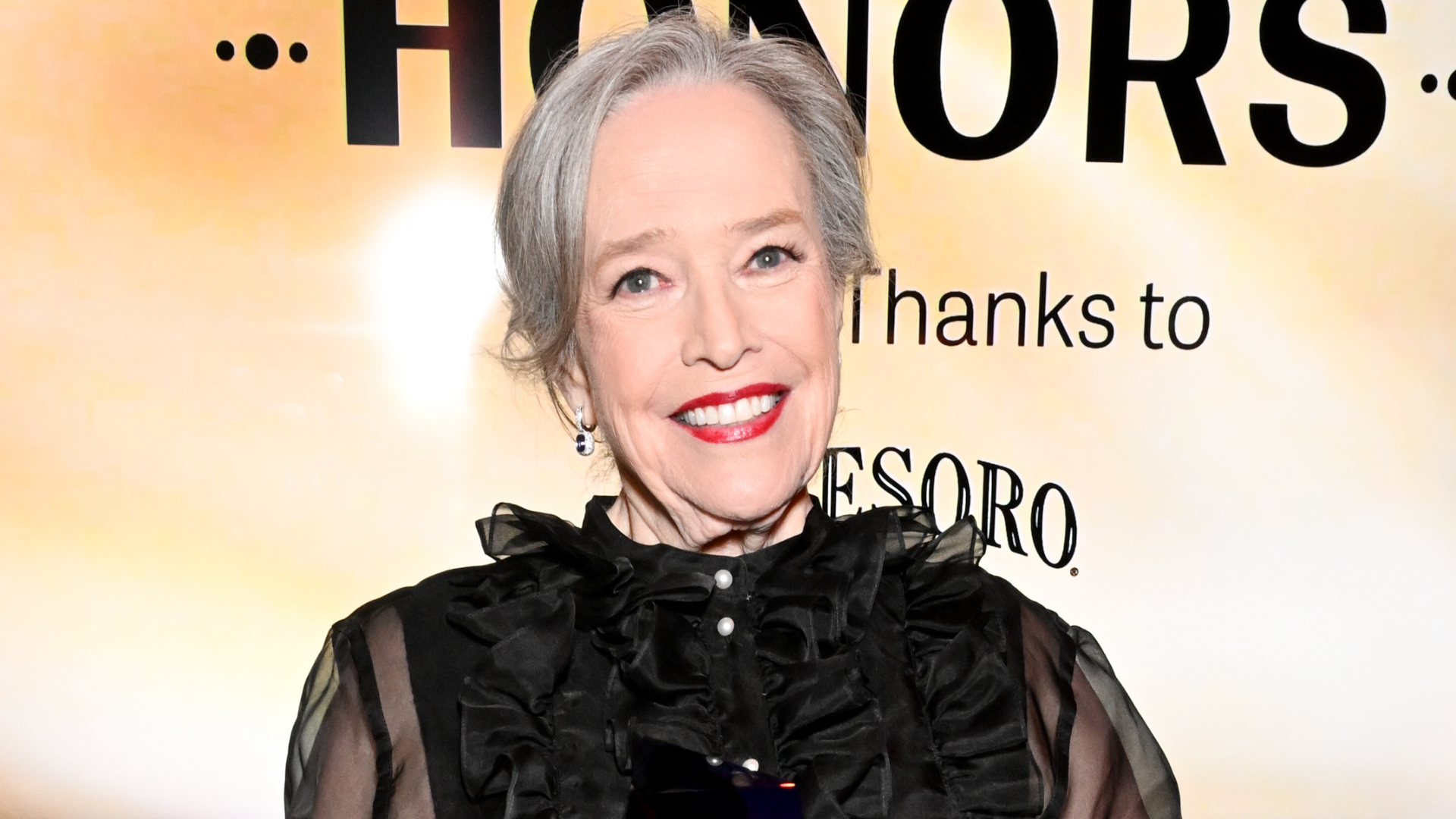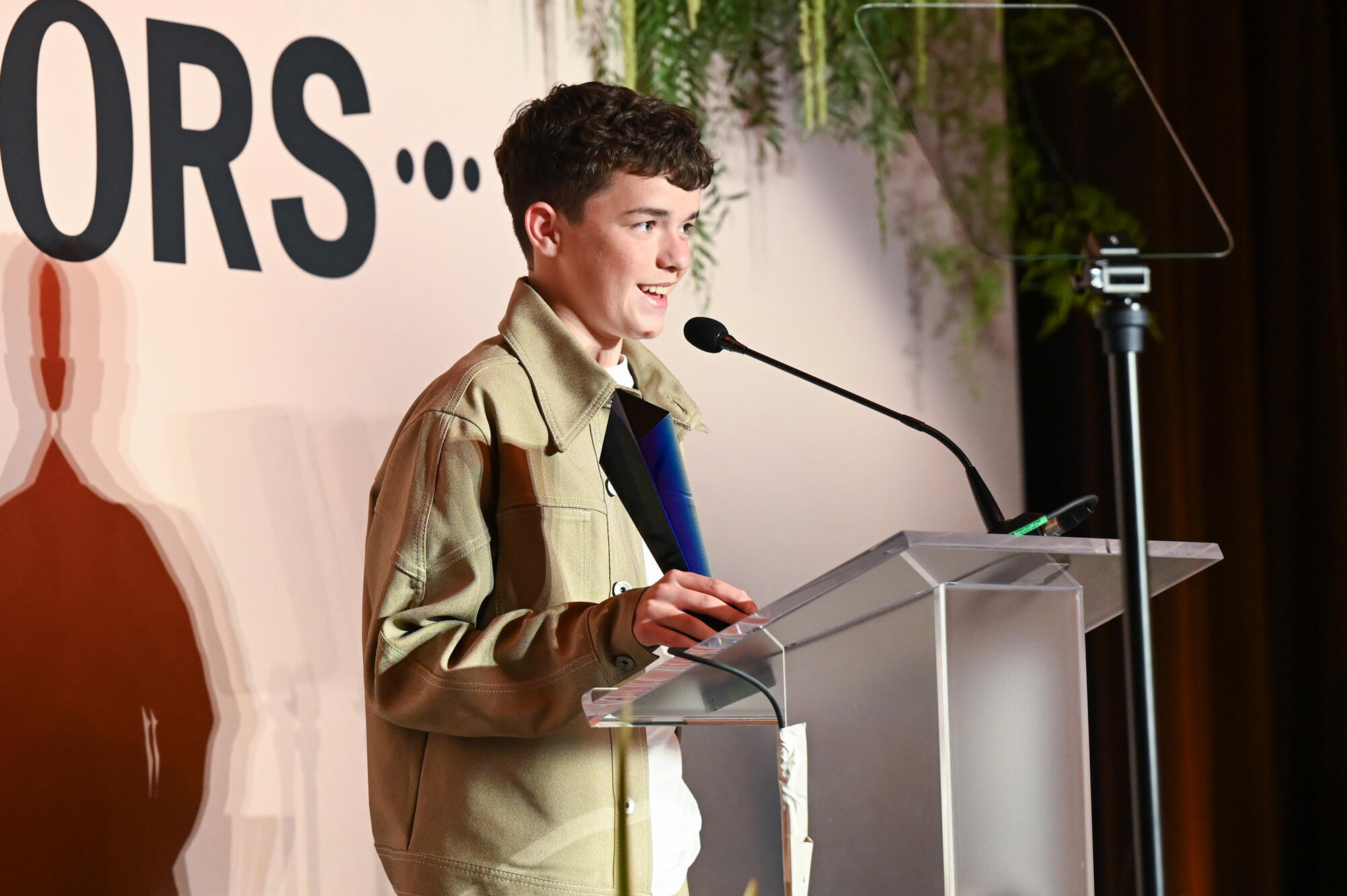Editor’s note: The following story contains spoilers for “Dan Da Dan: Evil Eye.”
Season 1 of “Dan Da Dan,” the action comedy adaptation of the manga by Yukinobu Tatsu, ended on a tantalizing cliffhanger, as main characters Momo and Okarun — two oddball teenagers who gain powerful abilities to defend the world against threats both supernatural and extraterrestrial alike — arrive at the home of Momo’s childhood best friend Jiji to help discover the root behind a curse, and only just begin to crack into what’s lurking underneath the house before the credits role. Fans of the show thus had to wait five months for the story to continue.
Now that the show’s back, it’s coming back with style. After Season 1 of “Dan Da Dan” received critical acclaim and healthy viewership, the first three episodes of the second season are premiering in movie theaters as “Dan Da Dan: Evil Eye.” Following a quick recap of Season 1 to get newer viewers up to speed, the special movie event dives into the curse of the Evil Eye haunting Jiji, leading to some of the show’s most compelling drama and fight scenes. For Abel Gongora, the co-director of “Dan Da Dan” Season 2, the movie’s release offered an exciting opportunity to see his work on the big screen for the first time — but a nerve-wracking one at the same time.
“Normally, I see them on my computer at home with the headphones on,” Gongora said to IndieWire in an interview. “The problem is that I see so many mistakes, because it’s so big, that I’m like ‘Ah, I wish I fixed that, or I wish I did this in this case.’ I can’t help but see a lot of things that I would like to fix if I have the time. But of course, now it’s too late.”

Gongora was promoted to co-director of “Dan Da Dan” for Season 2, working alongside Season 1 director Fūga Yamashiro. A Spanish-born animator based in Japan best known for directing “Scott Pilgrim Takes Off,” Gongora was responsible for Season 1’s frenetic opening credits sequence, which he describes as a take on the opening credits for 1967’s “Ultraman.” For Season 2 of the show, which promises to be bigger and bolder than the original, the heads of animation company Science Saru decided to promote Gongora to co-director alongside Yamashiro; the two have known each other for years, both having worked with company founder Masaaki Yuasa.
“I’m learning a lot from him, and maybe he’s learning from me,” Gongora said about collaborating with Yamashiro. “We share a lot of views about animation and cinema.”
Although Science Saru doesn’t have a house style per say, many of its projects share similar traits as Yuasa’s films such as “Mind Game:” exaggerated facial expressions, fluid character models, bright colors, influence from Western animation, and a willingness to experiment with different animation techniques. These touchstones are all on full display in “Dan Da Dan,” which bounces from slapstick comedy to intense action to (especially in the “Evil Eye” arc) dramatic horror, resulting in tonal whiplash that the animators gamely have to replicate in their art.
“It’s a lot of work, because the style is very detailed. Some animators like to do comedy, more of a natural everyday life kind of situation, and then some animators like action, so you can give different animators different scenes and what they want to do. It’s a very versatile show because of that,” Gongora says. “It’s also very flexible with expression. The drawings are realistic compared with other anime, but we can push the comedy in the facial expressions.”
A key component of what makes the show such an arresting experience is its bold use of color, which gives the show a visual language that the black and white manga lacks. According to Gongora, during Season 1 Yamashiro decided that every enemy the characters encounter are defined by a color palette that often dominates the frame during fights: for example, the aliens that kidnap Momo and kickstart the plot are bathed with a light blue tint, while Turbo Granny — the Yokai spirit that possesses Okarun and grants him incredible power — is strongly associated with the color red.
This use of color is particularly apparent in the Evil Eye arc, which introduces three different threats that the teens have to fight: the manipulative cultish Kito Family, who are portrayed with graying skin; the Mongolian Death Worm, a giant subterranean cryptid that releases rays of yellow light to drive people to suicide; and the terrifying titular Evil Eye, which possesses Jiji and emits spiritual energy that manifests as a sickly violet purple glow. According to Gongora, the decision behind the color coding was to create a new ambience that defines each arc, and pull the audience into a new dimension. With the majority of the Evil Eye arc taking place in a brown, sepia-toned underground environment, the yellow and purple helped stand out in the space and contrasted well with each other.
“I think we will do that with all the enemies,” Gongora says. “We are trying new things every time, but that’s the concept. Like [when a] new enemy appears, they go into that dimension with a new color.”

The focal point of the arc comes halfway through, when Jiji has a vision unearthing the origin story behind the Evil Eye spirit, revealing a tragic story of a boy who was burned at the stake and sacrificed to his village’s snake god, reborn as a confused spirit whose rage against those who killed him transformed him into a monster. While “Dan Da Dan” has tackled heavy storylines before, this sequence is particularly horrifying in its subject matter — depicting child murder and suicide — and the animation is a stylistic departure from the rest of the series, using a distinct style reminiscent of pencil art or watercolors for several scenes.
Gongora, who directed and handled compositing for the scene, said much of the sequence’s abstract imagery came from the original manga. To give the sequence a decidedly different feel from the rest of the show, several shots were done via pencil and paper, creating a grainy physicality to the Evil Eye. The shot where the Evil Eye is burned to death, in particular, was animated in an abstract fashion, like his face was a painting burning up, as Gongora wanted to avoid the otherwise relatively lighthearted show from displaying the tragedy so realistically.
“It looks very different from a normal anime … a little bit more poetic,” Gongora said. “I wanted it to be a little bit more extreme, amorphous, and experimental.”
After “Evil Eye” premieres in theaters, “Dan Da Dan” fans are going to have to wait a long time before seeing how the story continues (well, outside of reading the original manga). Season 2 of the show will premiere next month in July, with the fourth episode not premiering until the 24th. Gongora teased a lot to come in Season 2 — from heavy metal to crazy fights to robots to a kaiju storyline — but he’s particularly excited for fans to see the fourth episode, which will conclude the “Evil Eye” storyline.
“There’s a huge action scene, and a very beautiful love scene too,” Gongora said. “It’s really amazing, I think.”
“Dan Da Dan: Evil Eye” is playing in select theaters now. Season 2 of “Dan Da Dan” premieres July 3 on Netflix, Crunchyroll, and Hulu.



